In a world dominated by mass production and mechanization, the use of handmade handicrafts continues to catch our attention. Handmade crafts are made with a lot of care and attention to detail. The people who make them are skilled artists, and they put their heart into their work. This makes each piece unique and special, something that machines can't replicate.
While mass-produced pieces might offer efficiency and uniformity, they often fall short when it comes to the depth and intricacy put into each handmade work of art.
When we appreciate handmade crafts, we also connect with the culture and traditions of the people who create them. These crafts carry a part of their heritage and artistic expression, making them more meaningful and cherished.
Through exploring the unique qualities of intricate art forms, we will gain a deeper understanding of the irreplaceable value they hold in a world increasingly shaped by mass production and mechanization.
Jewelry:

Kundan Necklace, Image Source: Shaantanu Bhatt on Pexels
1. Kundan Jewelry (India):
Kundan jewelry is a special type of Indian jewelry that's been around since the Mughal Era. The word "Kundan" refers to setting gemstones into gold or precious metals. Skilled artisans carefully place shiny gemstones onto a base made of gold foil or lac, creating beautiful patterns and colors.
They then add intricate gold or silver designs to the edges to make it even more elegant.
Kundan jewelry is loved for its beauty and versatility, and people often wear it during weddings and festivals because it has a deep cultural significance in India.

Italian Millefiori Bowl, Image Source: Metropolitan Museum of Art
2. Millefiori (Italy):
Millefiori is a fancy glasswork technique from Italy. The name actually means "thousand flowers" in Italian because the designs look like colorful flowers and patterns.
Skilled artists use thin glass rods with different colors and shapes, and they put them together like a mosaic to make beautiful designs. They melt the rods and cut them into slices, showing the intricate patterns inside. They use these slices to make things like jewelry, vases, and ornaments.

Zuni Needlepoint Turquoise Earrings, Image Source:
Romaarellano
3. Zuni Needlepoint (Zuni Pueblo, USA):
Zuni Needlepoint is a unique and intricate form of Native American jewelry made by the Zuni people from Zuni Pueblo in the USA. This jewelry style is known for its precise and delicate stonework that looks like sharp needle points, hence the name.
In Zuni Needlepoint jewelry, the Zuni artisans carefully cut and shape small, narrow gemstones, such as turquoise, coral, mother-of-pearl, and other colorful stones, into tiny, uniform pieces. These gemstone pieces are then set into silver or other metal settings to create intricate mosaic-like patterns, often in geometric or floral designs.
They create stunning bracelets, rings, earrings, and more. It's a craft that takes a lot of skill and patience, and it reflects the Zuni people's rich cultural heritage. People love these jewelry pieces for their uniqueness and the history they carry.

Batak Necklace, Image Source: Lookandlearn
4. Batak Jewelry (Indonesia):
Batak Jewelry is a type of traditional jewelry made by the Batak people in Indonesia. The Batak people are mainly from the northern part of Sumatra, and their jewelry reflects their rich cultural heritage and artistic traditions.
Skilled Batak artisans create beautiful pieces like necklaces, bracelets, earrings, and rings, often with symbols inspired by nature and their beliefs. Silver is really important in their culture, believed to have protective and healing properties. The jewelry serves different purposes in their society, like being worn during special events and as symbols of identity and status.
Woodwork

Japanese woman vintage ukiyo-e Image Source: Utagawa Kuniyoshi
1. Ukiyo-e (Japan):
Ukiyo-e is a cool art style from old Japan that was popular a long time ago, between 1603 and 1868. It's called "pictures of the floating world" in Japanese because it shows everyday life scenes, pretty landscapes, famous actors, and courtesans.
The prints are made using a special woodblock printing technique where artists carve designs into wooden blocks, one for each color, and then put ink on them to make the print on paper.
Ukiyo-e prints were affordable and loved by many during that time. Today, they are an important part of Japan's cultural heritage and are admired worldwide for their beautiful and unique depictions of the past.

Oseberg Ship Decoration, Image Source: Mararie
2. Chip Carving (Scandinavia):
Chip carving is a traditional woodworking technique that originated in Scandinavia, a region in Northern Europe. In this art form, skilled artisans use sharp knives or chisels to create intricate and detailed designs by removing small chips of wood from a wooden surface.
It takes a lot of skill and patience to do chip carving because each chip needs to be cut just right to make the design look captivating. It's a beautiful way to make wood even more special and create stunning decorations.

Ottoman marquetry and tile-top table, Image Source: VeronikaB on Wikimedia Commons
3. Marquetry (Middle East):
Marquetry is a traditional woodworking technique from the Middle East. In this artistic craft, skilled artisans create intricate designs and patterns by using different types and colors of wood veneers. They carefully cut and arrange these veneers to form stunning pictures on furniture and other wooden objects.
The process involves precise cutting, shaping, and gluing the veneers onto a wood base, creating a mosaic-like effect.
Leatherwork
Tooling leather belt, Image Source: pxfuel
1. Tooling (USA):
Tooling in cowboy culture is all about the art of carving and stamping leather. It is a traditional craft passed down through generations, often associated with Western-style saddles, belts, holsters, and other leather accessories.
Skilled craftsmen, known as leather toolers or leatherworkers, use specialized tools to create intricate designs and patterns on the surface of the leather. They use stamping tools to create patterns and decorative motifs onto the leather, and hand-carving tools to cut and shape the leather to add depth and texture.

Thathera Metal Craft, Image Source: Arts&Culture
2. Thatheras (India):
The
Thatheras are a skilled community of metalworkers from India, based in Punjab. They practice the traditional craft of "Thathera," which involves the art of making beautiful and intricately designed brass and copper utensils and other household items.
The Thatheras use traditional tools and methods to shape, hammer, and engrave the metal, creating stunning designs and patterns. These handcrafted items are not only aesthetically appealing but can also be used for cooking, serving, and decorating homes.
Toymaking
1. Matryoshka Dolls (Russia):
Matryoshka dolls, also known as Russian nesting dolls, are a popular form of traditional Russian folk art. They're made of wood and come in sets of different sizes, with each doll fitting inside the bigger one. When you open the biggest doll, you'll find a smaller one inside, and it keeps going until you reach the smallest doll.
The outside doll is usually painted like a lady wearing a traditional Russian dress, but the designs inside can be different, like other characters or animals.

Worry dolls, Image Source: Pablo Bae on Wikimedia Commons
2. Worry Dolls (Guatemala):
Worry dolls are tiny, colorful dolls that come from Guatemala. People believe they have magical powers to take away worries and anxieties. When you're feeling stressed or upset, you can tell your worries to the doll before bedtime, and it's said to carry those worries away while you sleep.
The dolls are made from colorful scraps of fabric and are really small, like the size of your thumb. The dolls usually wear traditional Guatemalan clothes and are all handmade, so each one is unique.

Kinnari Dolls, Image Source: Hilde Kvam
3. Kinnara/Kinnari Dolls (Thailand):
Kinnara/Kinnari dolls are typical Thai dolls that hold special cultural significance. They are mythical creatures that are designed in a way that the upper body is that of a human and the lower body of a bird (Kinnara) or half-human and half-bird (Kinnari).
These dolls are known for their intricate and beautiful designs. They are made from various materials, such as wood, ceramics, or cloth, and are adorned with vibrant colors and intricate details.
Conclusion
Preserving the skills required to create intricate art forms such as Kundan jewelry, Millefiori glasswork, Zuni Needlepoint, Batak Jewelry, and so on, is important in order to preserve the cultural heritage.
These traditional crafts represent the rich history and artistic expressions of their respective regions. These art forms foster community pride and serve as bridges between the past and present. Our collections at Kuttans also aim to preserve the skills of traditional artisans. You can take a look at our collection here.















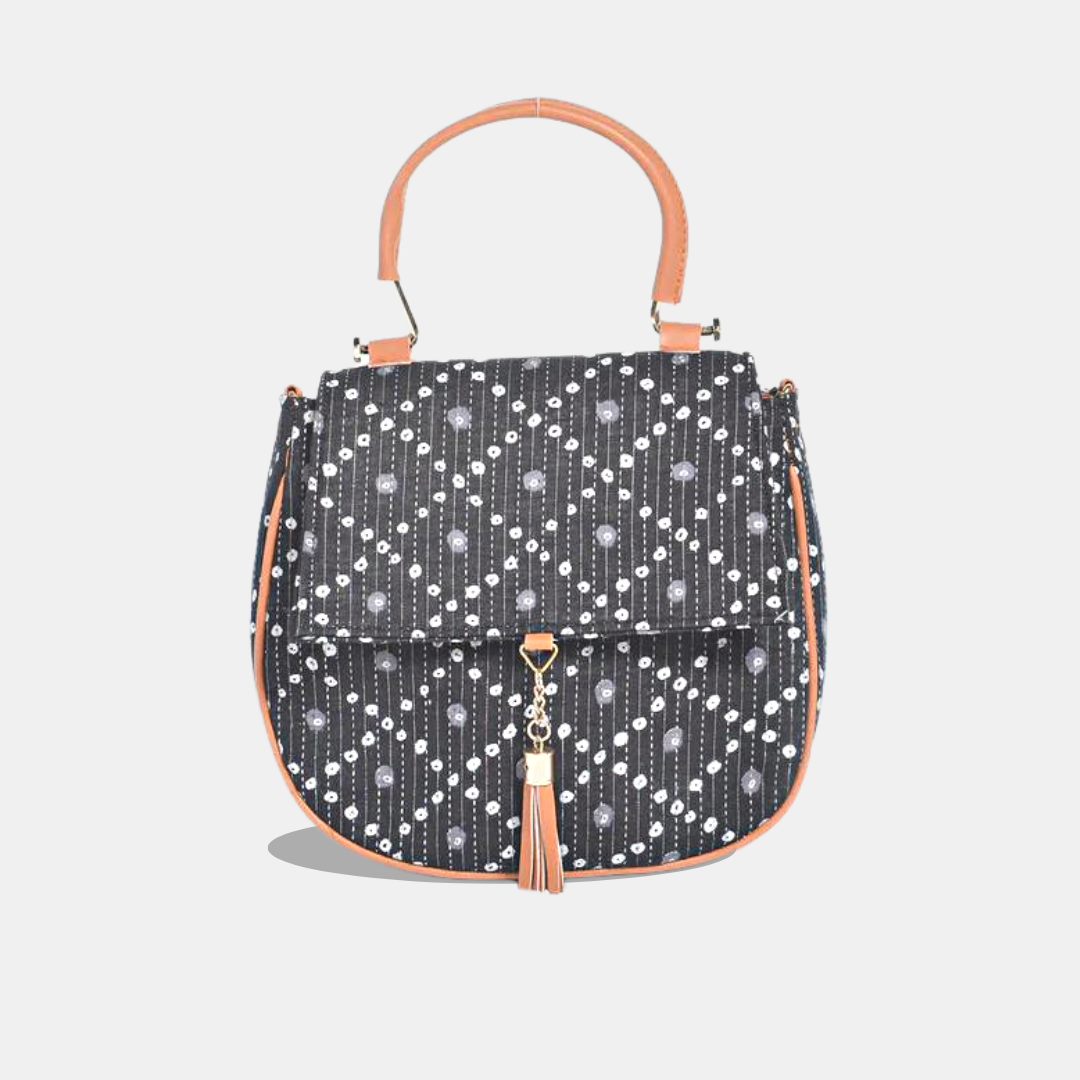

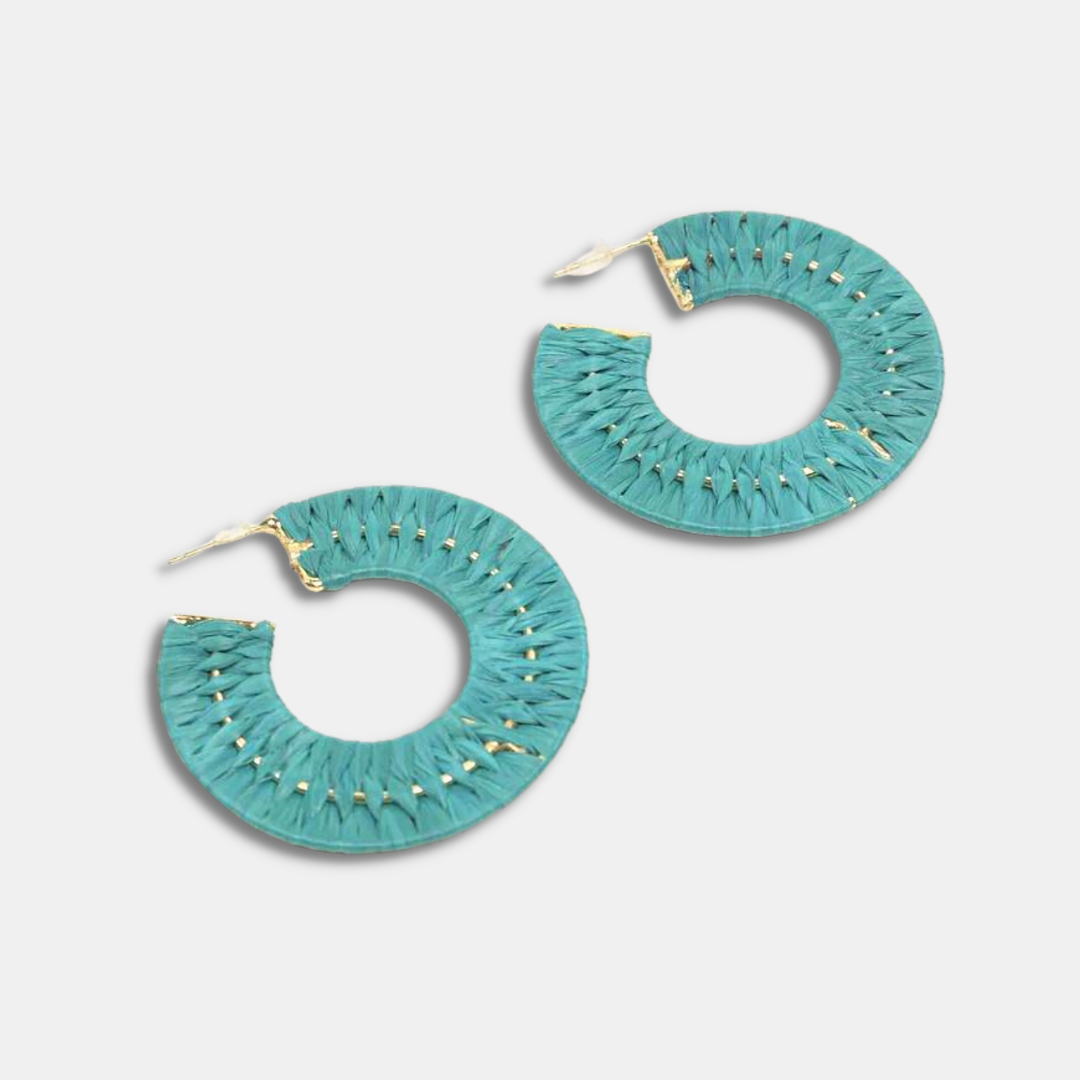
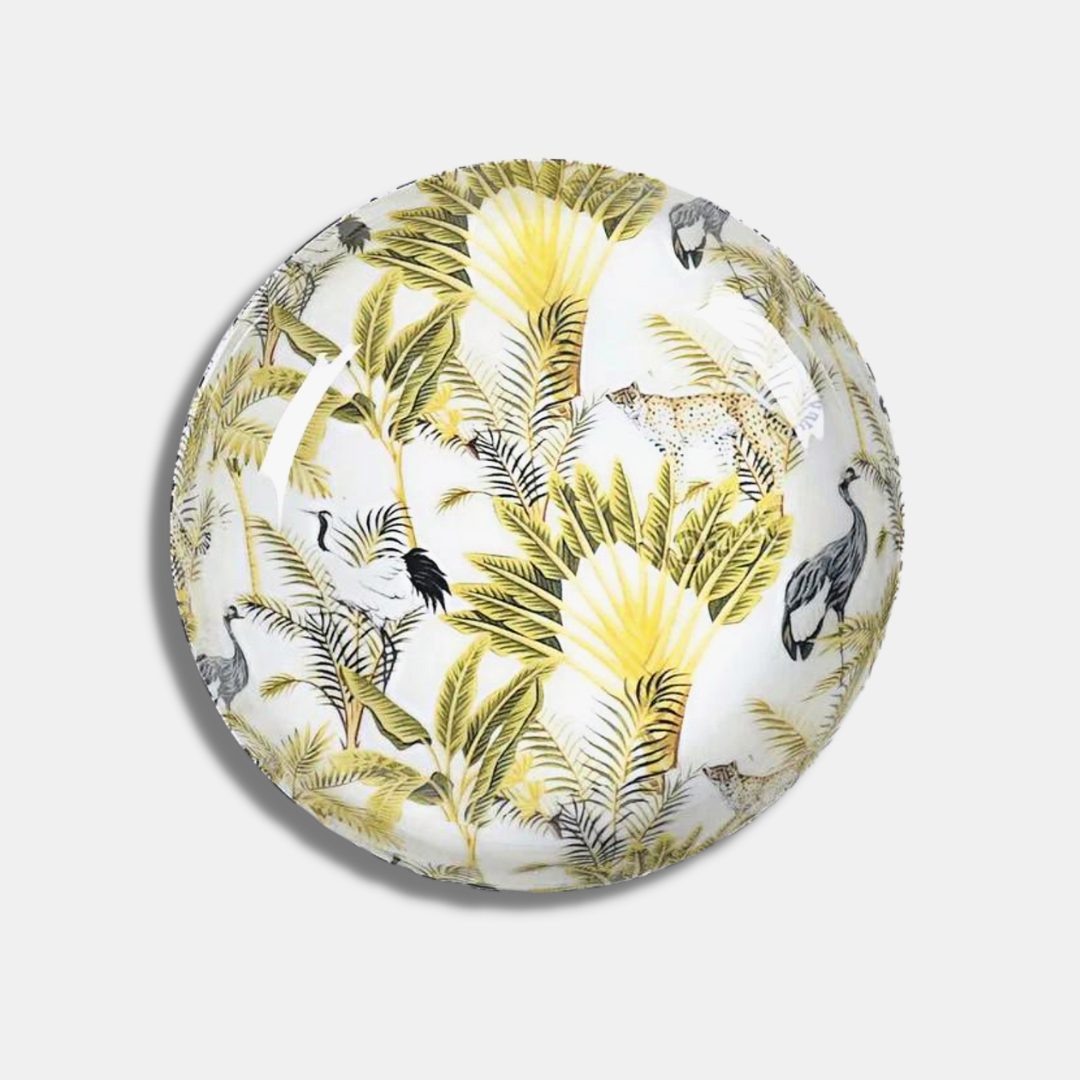
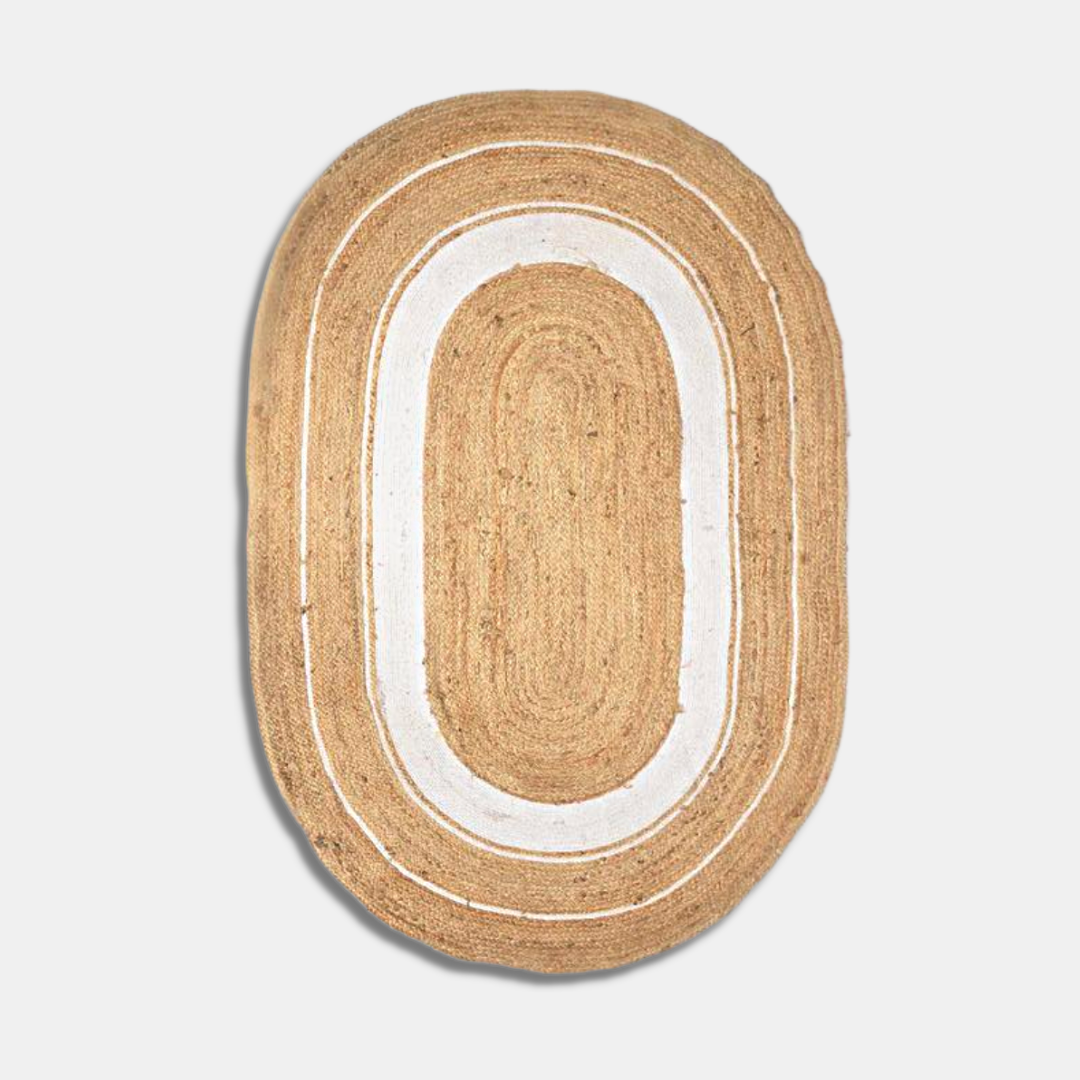
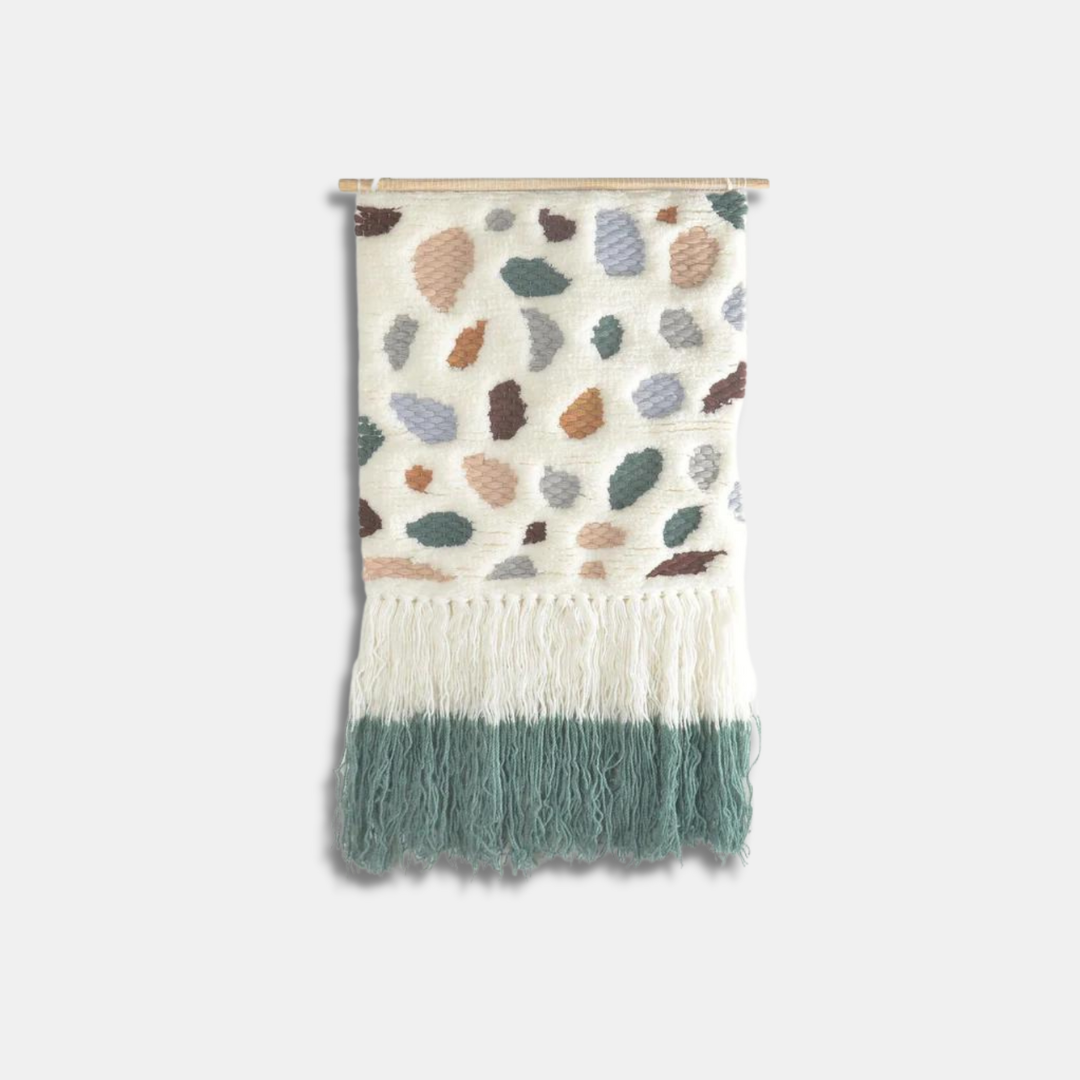
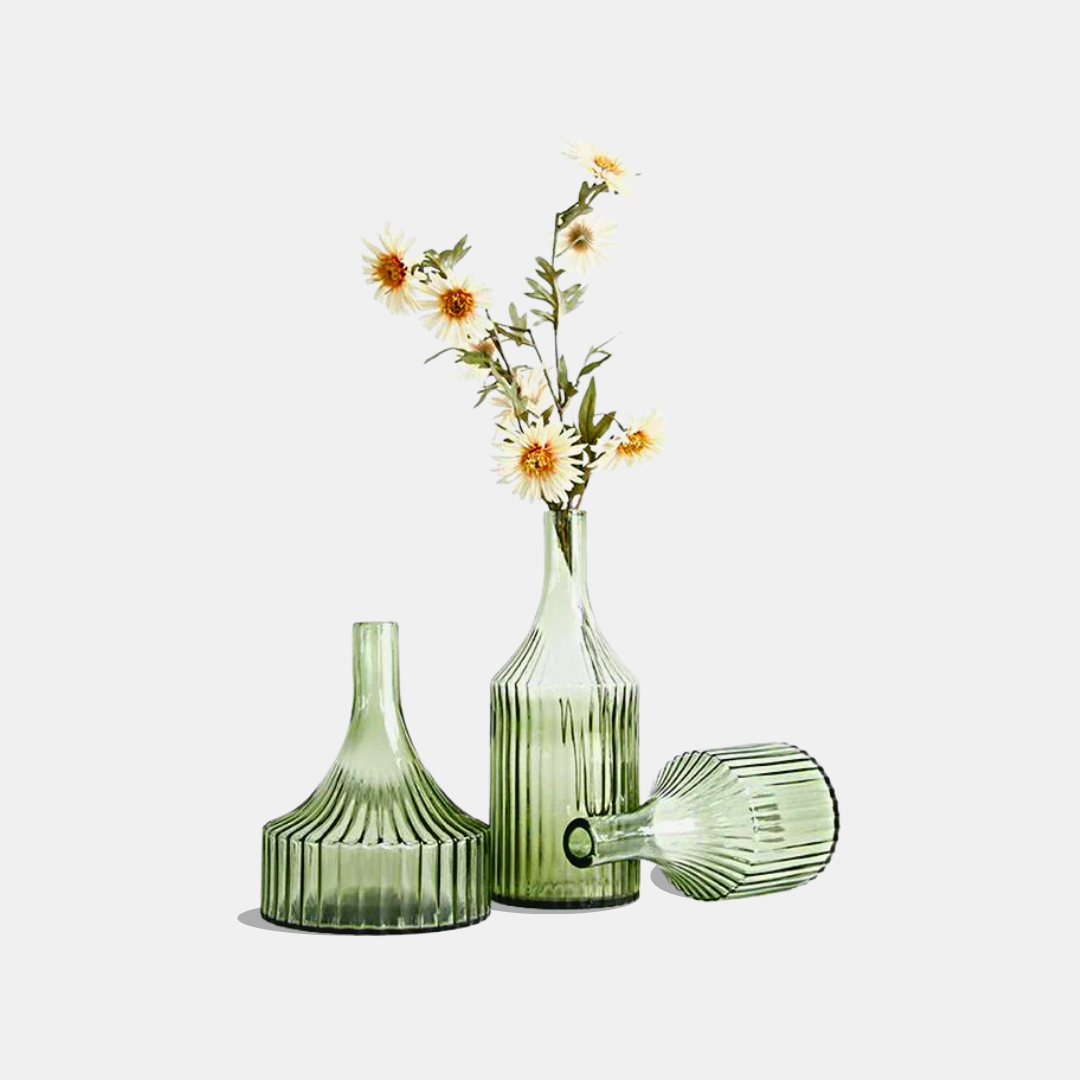
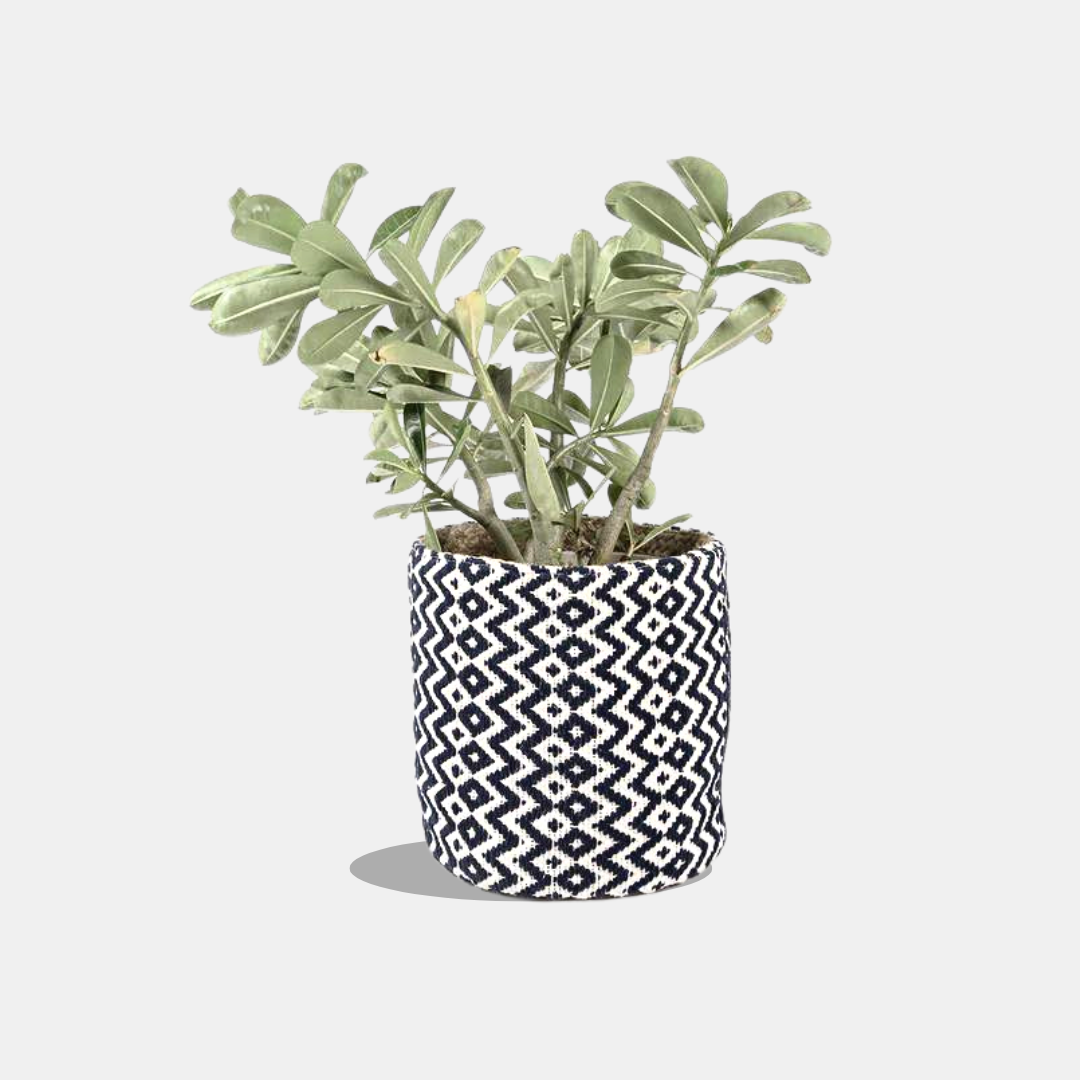
Leave a comment
This site is protected by hCaptcha and the hCaptcha Privacy Policy and Terms of Service apply.